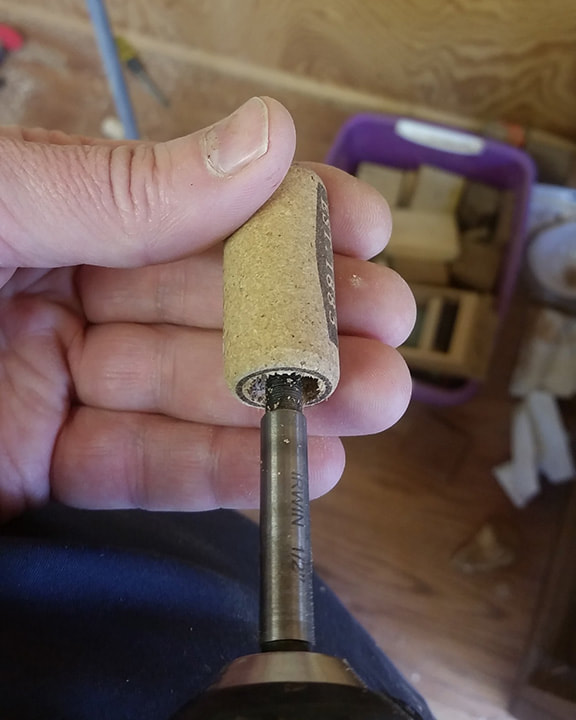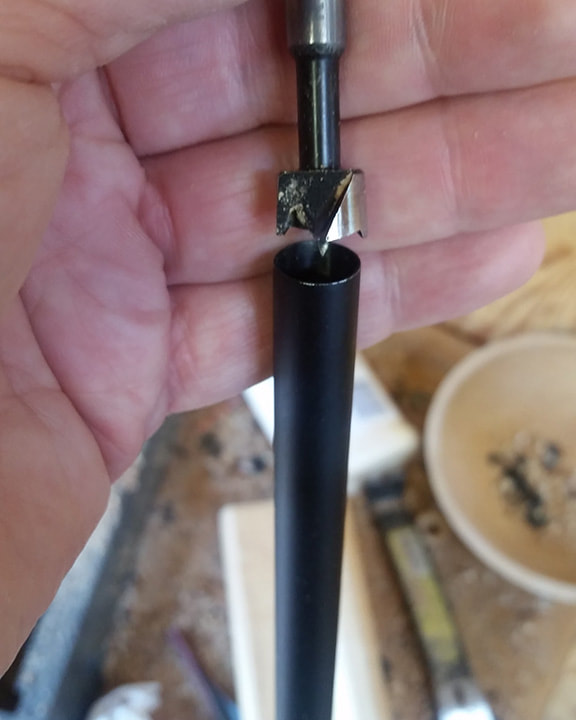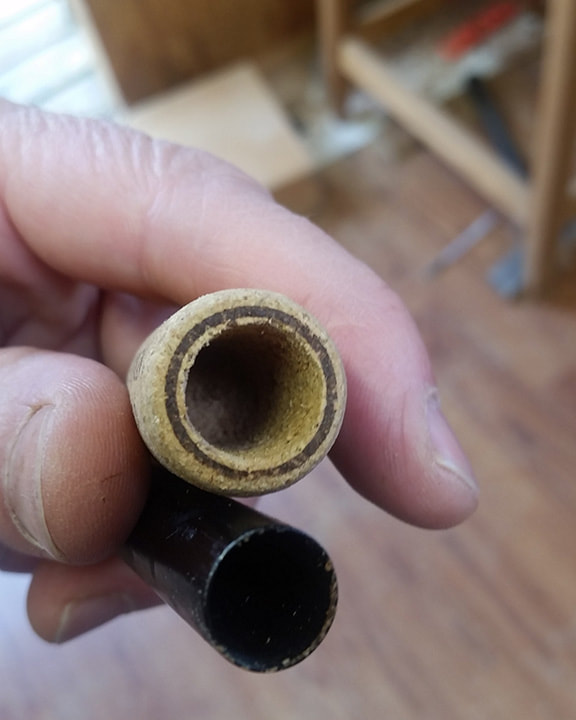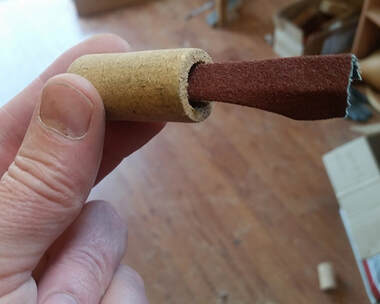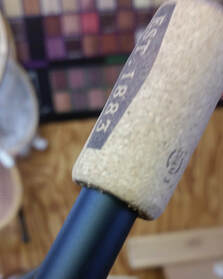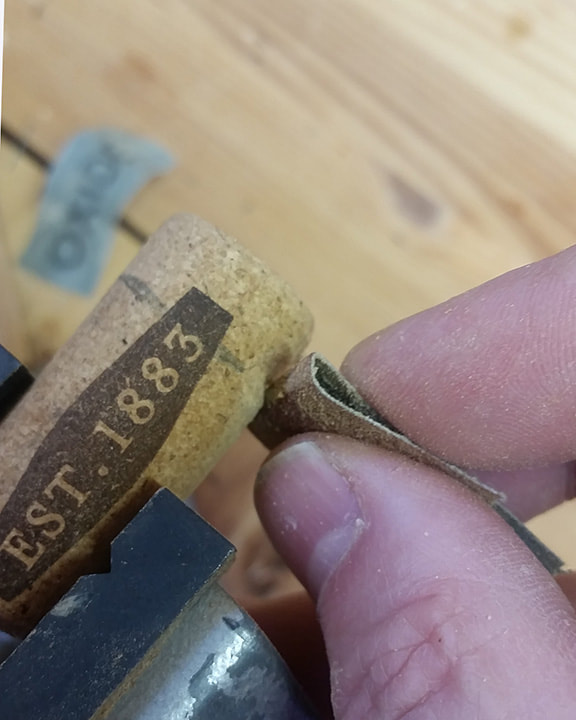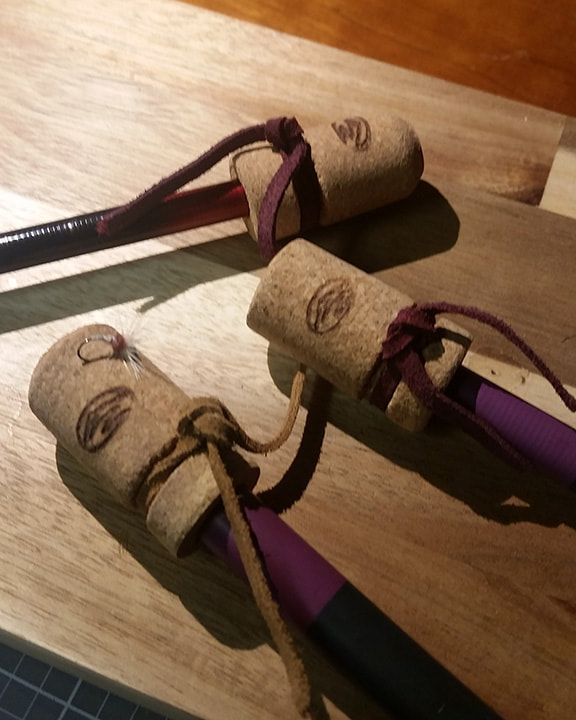 Somewhere in the depths of hell, near the same corner where all the unmatched odd socks collect there is a second pile of lost items known exclusively to tenkara anglers around the world. In that pile are small plastic end caps to tenkara rods. We have all lost at least one if not 30 of those handy, but tiny caps that keep our rods from telescoping out of our sling packs on the trail or extending themselves out in the back of our cars. The rod cap is a special item that we all can agree should be easy enough to keep track of yet somehow finds the portal to the netherworld at the bottom of our pockets. I have explored a few different ways to create a suitable replacement cap and think that I have stumbled on a fairly practical as well as aesthetically pleasing solution. Ladies and gentlemen please be amazed at this wonderful, practical, customizable and charming rod cap made from the humble wine cork. You don't need a semi-fancy wood-shop to make one of these stylish and useful rod caps. While I make these pretty quick with some power tools in my shop I decided that I would teach here how to make one using just some basic tools that you probably already have in your garage or that can be purchased inexpensively at a hardware store or borrowed from you neighbor next door. The instructions that follow are given with the express warning that any craft project has it's hazards. Please be careful when making your end cap and use common sense so that you still have fingers to tie your flies on with. Supplies you will need Wine Corks. Sand paper 150 grit and maybe a 220 grit Drill bits (forstner bits preferably) Should match the size of your rod end A power drill or drill press (optional) some cording such as rawhide or paracord
Once the hole is drilled out you can then test fit it onto the rod. If it is too tight to put on the end of the rod DO NOT FORCE IT. You could damage the rod segment. The cork should slide on just snugly enough to stay on. If it is just a slight bit too small to fit, you can run the drill into the hole and move it around just slightly to make the hole just a little bit wider still....OR move on to the next step and make the hole larger during the sanding and finishing. If it is too big and slides off you need to probably start over and try a smaller bit and work up to the size you need for a tighter fit.
Making stuff yourself is so much fun. I hope that you enjoyed this D.I.Y. project and that you decide to give it a try yourself. The trick with any project is to be ready to start over or to adapt if an element of a project doesn't quite work the way you want it to. These rod caps are so practical and are a great reuse of wine corks. Much of D.I.Y. is just trying out ideas to see what happens. You learn a lot about improvising and if you are like me you get a lot of "what if" ideas along the way too. With the cork caps I realized you can also use the caps as a place to carry extra flies or to let your flies dry out a bit. The cork caps fit into your pocket nicely and are certainly not going to get lost as easily as the small stock caps that come with rods. Let your imagination run a little wild. I would love to hear from those of you who give this a try.
#DIY #rodcap #tenkara #tenkarapath
5 Comments
|

